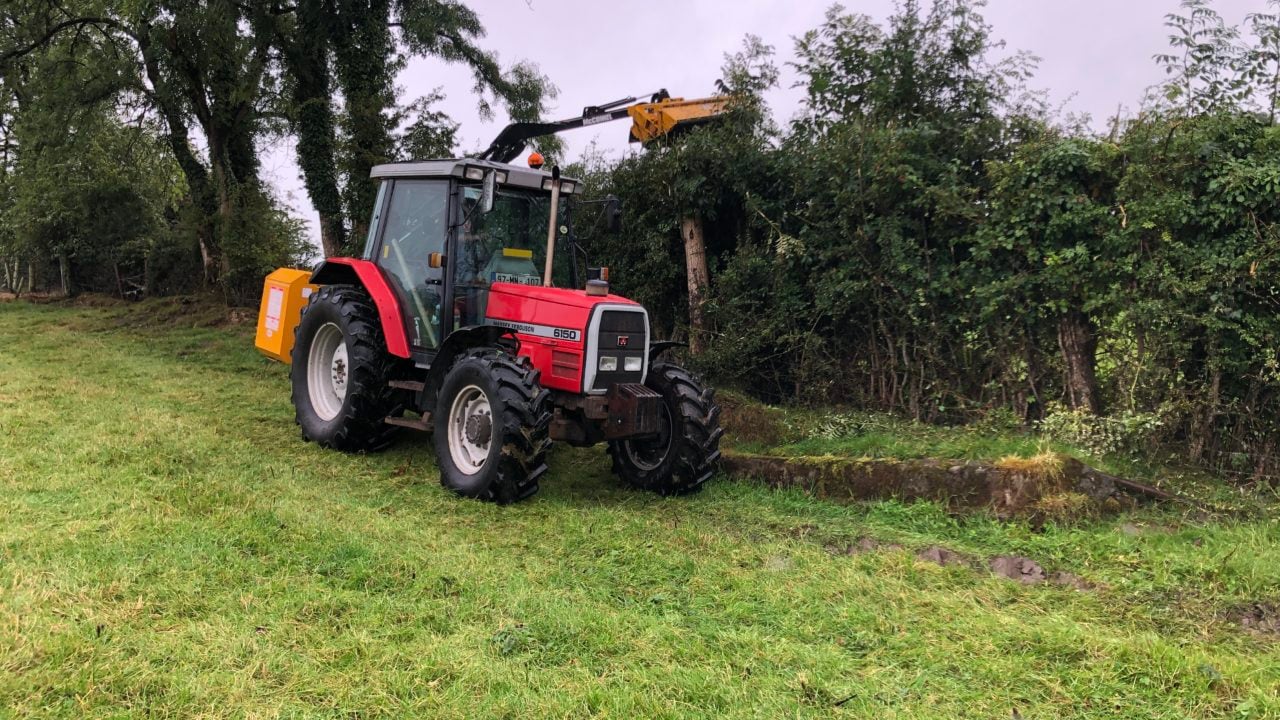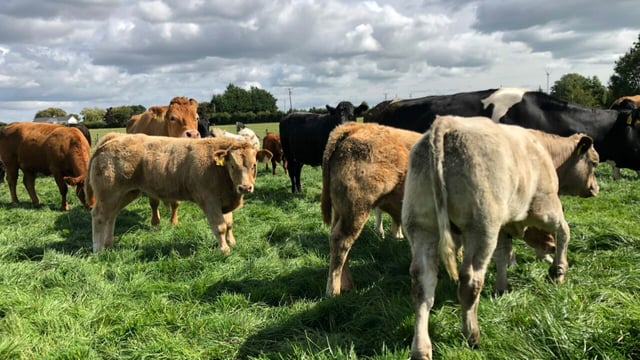Reminder: 11 days remaining for farmers to cut hedges
Farmers are being reminded there are just 11 days remaining from today (Monday, February 17) to cut hedges before the prohibited hedge-cutting period begins.
Under the Wildlife Act, the cutting, grubbing, burning, or other destruction of “vegetation growing in any hedge or ditch” is illegal between March 1 and August 31.
While hedge-cutting is prohibited from March 1, there are some exceptions and where a feature of a hedge could be deemed hazardous for people using a public road, an exception may be allowed to remove a tree or cut back hedge growth where necessary.
From September to February, farmers and landowners cut back hedges on their land for a number of reasons including to maintain the stock proofing of their field boundaries and to ensure hedges do not become overgrown on rural roads and laneways.
The absence of hedge cutting from March to September allows birds to nest safely and without disturbance.
According to Teagasc, of the 110 species regularly recorded in the Countryside Bird Survey in Ireland during the breeding season, 55 use hedges. Of these, 35 bird species nest in hedges that provide enough cover from predators - both overhead and on the ground.
A 'little and often' approach is advisable when trimming hedges.
The two types of hedges are:
- Treeline hedges;
- Topped hedges.
According to Teagasc, each have different biodiversity values and management requirements and failure to distinguish between the two types can lead to inappropriate management.
Treeline hedges which have never been topped, have high biodiversity value in the canopy but are thin at the base and the best practice management of these is to side trim only and never top (where the trees are not a potential hazard).
Topped hedges have high biodiversity value in the dense base for nesting birds and cover for small mammals, and can also have some of the canopy biodiversity when occasional thorn saplings are allowed grow up and mature as flowering and fruiting thorn trees.
The Teagasc advice for best practice management with topped hedges is to side trim from a wide base to a triangular profile, leaving as high as possible while still possible for the flail to reach the peak to control apical dominance, but at least 1.5m above ground level or top of bank.
Where best practice hedgerow management is followed on a farm, flowers and fruit are available on treeline hedges and on the thorn trees retained within topped hedges.
While the hedgerows across rural Ireland do need to be maintained, the nesting season for wild birds is also fast approaching and these hedges "provide important nesting sites for many wild birds including Robin, Wren, Blackbird, and Dunnock", according to BirdWatch Ireland.
Hedgerows also provide food for a variety of other species and offer shelter and safe routes for wildlife to travel along, known as wildlife corridors.
BirdWatch Ireland also said that hedgerows offer numerous benefits to humans including food, natural property boundaries, shelter for crops and livestock, noise reduction and visual appeal. Healthy hedgerows also sequester and store atmospheric carbon, and help to slow water movement and can help prevent flooding.





